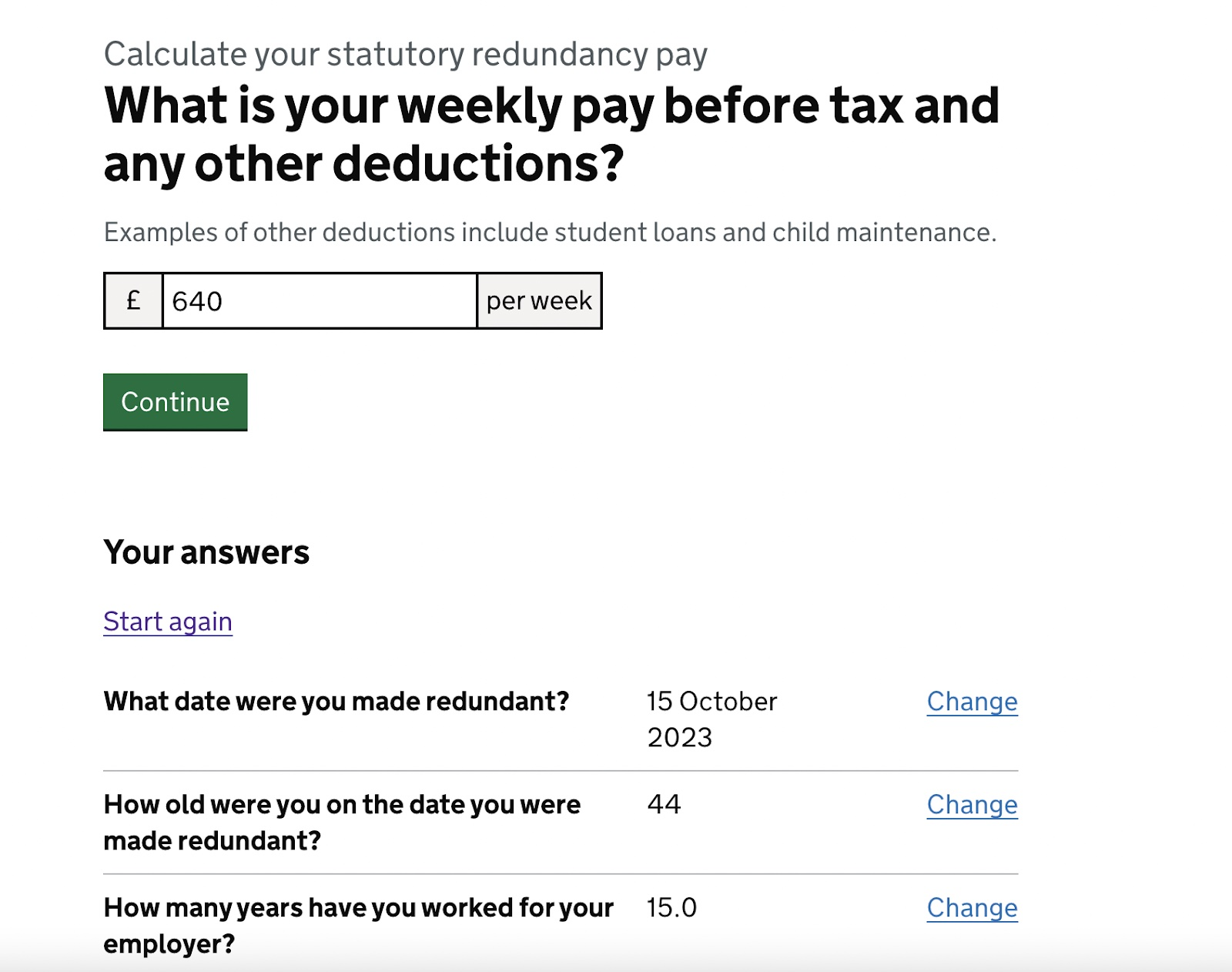Redundancy Pay If Company Goes Bust: Recognizing Your Privileges in the UK
Redundancy Pay If Company Goes Bust: Recognizing Your Privileges in the UK
Blog Article
Discovering the Operational Dynamics of Company Redundancy and Its Long-Term Sustainability

Redundancy Techniques for Business Connection
In order to make certain continuous procedures, businesses need to implement reliable redundancy techniques for service continuity. Redundancy in this context refers to the replication of vital components or features within a system to mitigate the effect of potential failings. By incorporating redundancy approaches, companies can enhance their resilience against interruptions brought on by various aspects such as natural catastrophes, tools failings, or cyber-attacks.
One usual redundancy approach is the implementation of backup systems and data storage solutions. This entails developing duplicates of essential data and systems that can be activated in situation of a key system failing. Additionally, organizations can establish redundant interaction networks and source of power to maintain connection and procedures throughout unforeseen events.
Moreover, cross-training employees to carry out multiple roles within the company can function as a valuable redundancy technique. This guarantees that crucial jobs can still be executed even if key employees are inaccessible as a result of ailment or various other reasons. Generally, efficient redundancy strategies are essential for organizations to maintain operational connection and reduce the impact of possible interruptions.
Impact of Redundancy on Organizational Strength
Given the critical role redundancy methods play in guaranteeing service connection, exploring the influence of redundancy on business resilience becomes critical for understanding the alternative functional dynamics of a firm. Redundancy, when strategically executed, can substantially add to boosting a company's strength in the face of unanticipated challenges.
In addition, redundancy can promote advancement and creativity within an organization as staff members feel empowered to take computed dangers, knowing that there is a safety and security internet to support them in case of failing. Generally, the effect of redundancy on organizational strength is profound, forming the long-lasting sustainability and success of a company.
Stabilizing Efficiency and Adaptability in Redundancy
Accomplishing an unified stability between operational effectiveness and flexible adaptability is a critical difficulty in the strategic deployment of redundancy within organizations. As well much adaptability without a strong functional foundation can result in inefficiencies and variance.
To stabilize performance and adaptability in redundancy planning, organizations need to meticulously evaluate their functional needs, market dynamics, and critical goals. Carrying out lean practices can boost effectiveness by eliminating and streamlining procedures waste, while fostering a culture of adaptability and continuous improvement can boost flexibility. In addition, purchasing cross-training programs and robust interaction networks can aid grow a flexible workforce capable of handling varied jobs throughout periods of transition. Ultimately, finding the right stability in between effectiveness and versatility is important for developing a resilient and lasting company when basics faced with uncertainty.
Long-Term Sustainability Through Redundancy Planning
To guarantee long-lasting stability and stability, organizations have to tactically straighten their redundancy preparation with long-lasting sustainability goals, consequently integrating functional performance with flexible adaptability. Companies ought to check out redundancy not as a responsive remedy to prompt troubles yet as an aggressive strategy for long-term success.

Proactive Measures for Lasting Business Procedures
Just how can firms proactively enhance their functional sustainability for long-term success? Carrying out proactive procedures is important for business aiming to guarantee sustainable procedures.
In addition, fostering a culture of continual improvement and knowing within the company can boost adaptability to changing market conditions and client needs. Urging staff member involvement in decision-making procedures and offering possibilities for expert advancement can increase morale, efficiency, and total efficiency. Establishing clear objectives, keeping track of crucial performance indicators, and frequently assessing progress are vital parts of positive sustainability management.
Teaming up with suppliers, customers, and other stakeholders to advertise sustainable practices throughout the supply chain can develop a ripple result of positive influence - redundancy pay if company goes bust. By taking positive actions towards functional sustainability, companies can construct resilience, drive innovation, and safeguard their long-term success in an ever-evolving service landscape
Conclusion

In the world of business management, the strategic deployment of business redundancy stands as an essential yet complex method that requires a delicate balance in between functional performance and long-term practicality. By dissecting the functional characteristics that underpin business redundancy and assessing its broader implications for business resilience and adaptability, a nuanced understanding of how redundancy methods can shape the future trajectory of a business begins to unfold.Offered the important role redundancy methods play in ensuring service connection, checking out the influence of redundancy on organizational durability comes image source to be crucial for understanding the alternative functional dynamics of a firm. Overall, the effect of redundancy on organizational resilience recommended you read is extensive, forming the long-term sustainability and success of a firm.
In conclusion, comprehending the functional characteristics of company redundancy is vital for ensuring long-lasting sustainability.
Report this page